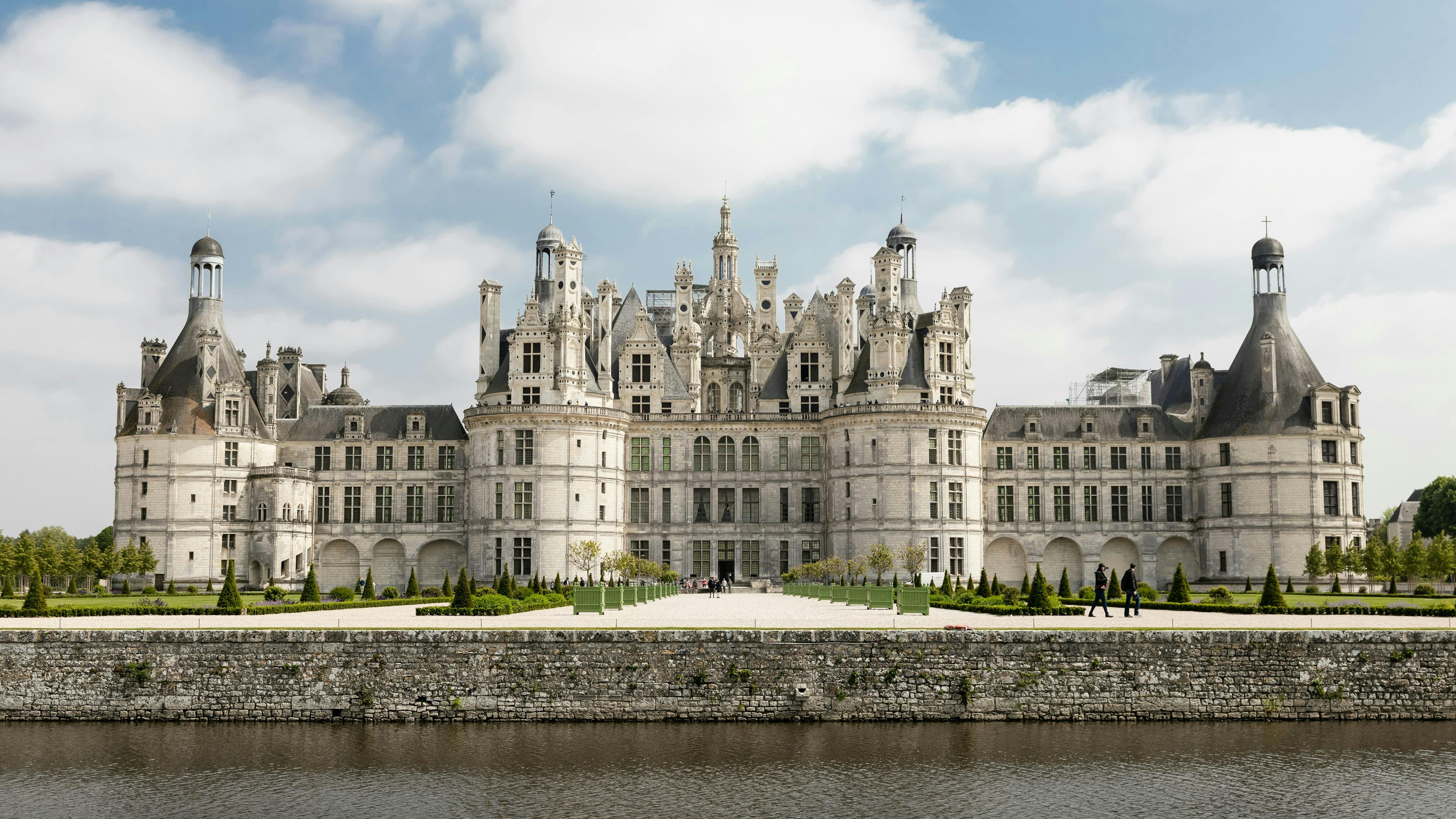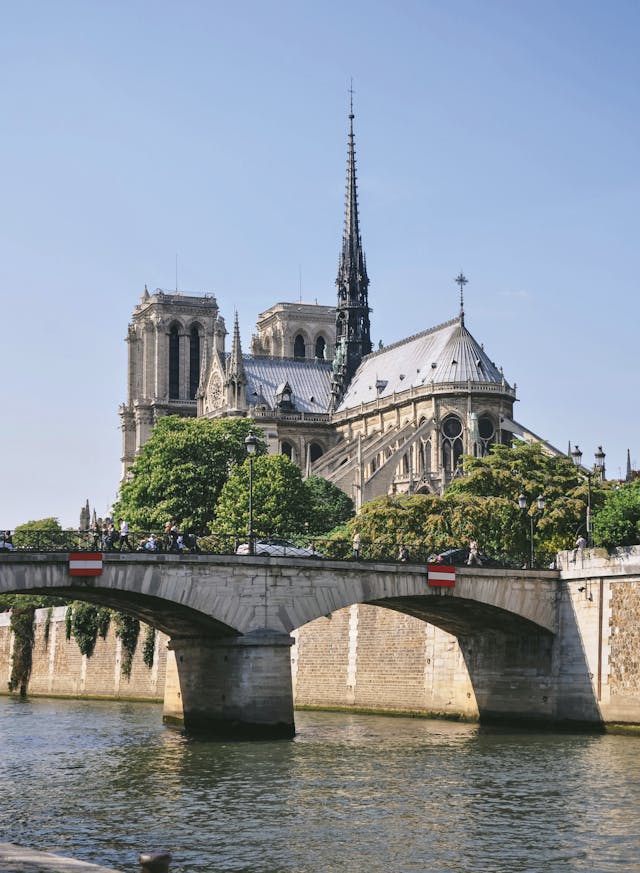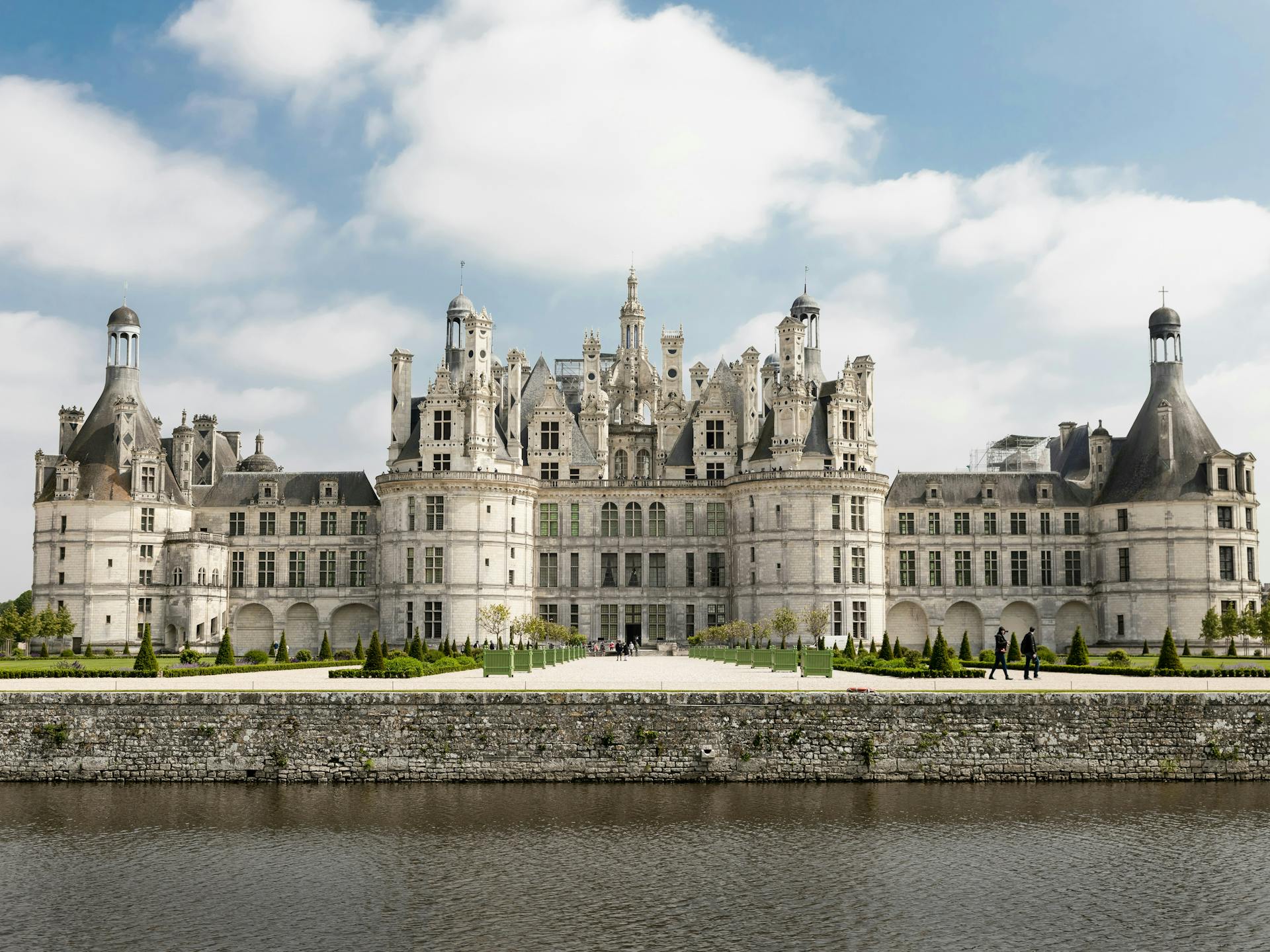
Patrimoine
Val de Loire : Nature & Culture
Listed as a UNESCO World Heritage Site, the Val de Loire region is an exceptional territory that houses a unique heritage in the world. On the cultural side, it boasts an extraordinary architectural heritage, including the famous Loire Valley castles. On the natural side, it is renowned for its refined and elegant wine culture.
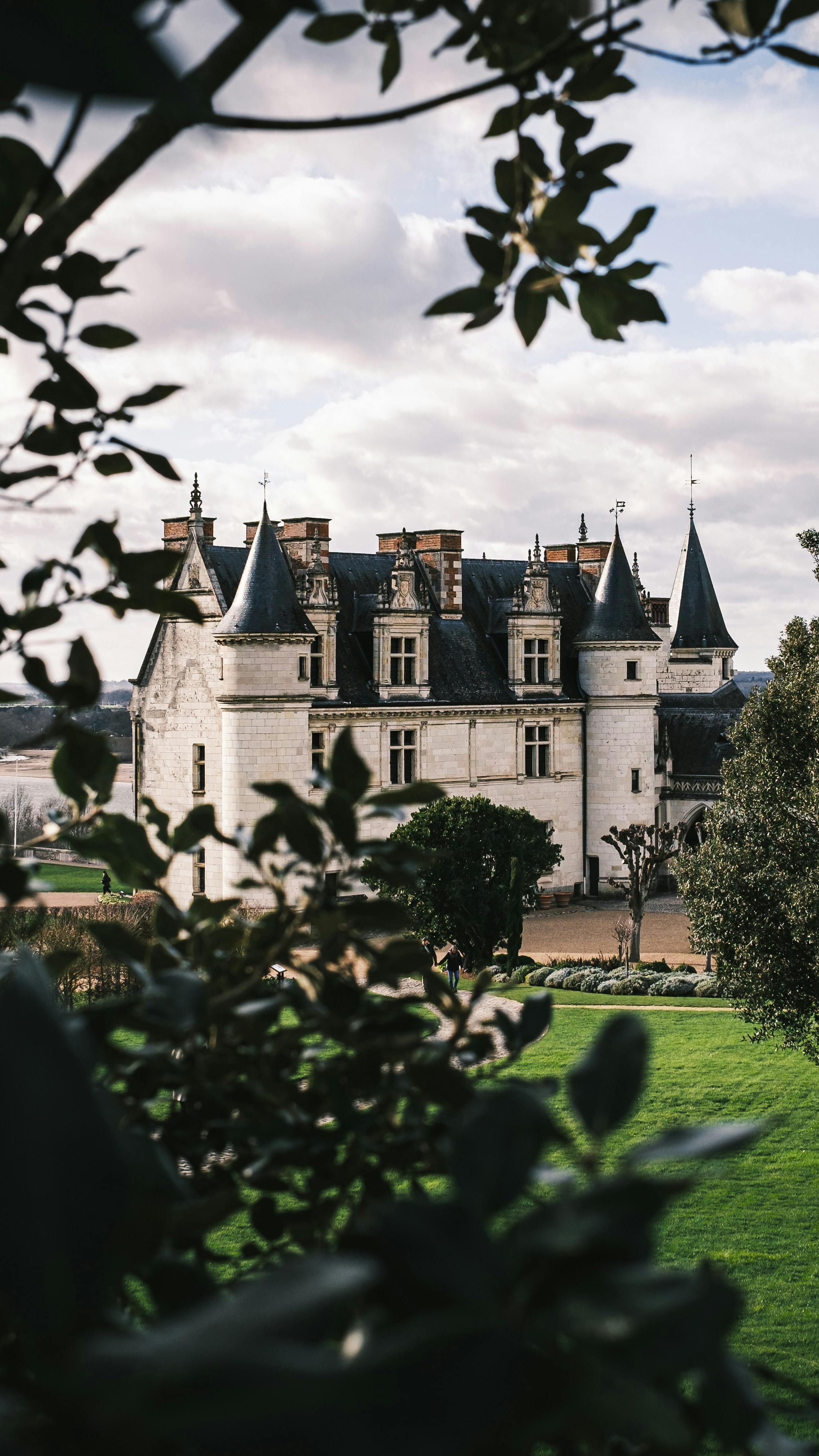
Remarkable castles
As the central historical location of the country since the Valois dynasty (1328-1589), the natural region of Val de Loire extends from Angers in the west to Orléans in the east. It covers four departments, from Maine-et-Loire to Loiret, passing through Loir-et-Cher and Indre-et-Loire. In the mid-15th century, at the end of the Hundred Years’ War, King Charles VII made Tours the capital of the kingdom. The Amboise Castle was renovated, as was the Blois Castle. Other castles were subsequently built under the initiative of the king’s descendants and became «court castles» intended for pleasure. As the country’s nerve center until the end of the 17th century, the region houses the highest concentration of these exceptional monuments in the world, nearly 3,000. Among them, Chambord stands out as an architectural gem that testifies to the introduction of the Italian Renaissance under the will of François I, who is also known for bringing Leonardo da Vinci to the region.
"The Vallée de la Loire is at the forefront of sustainable viticulture"
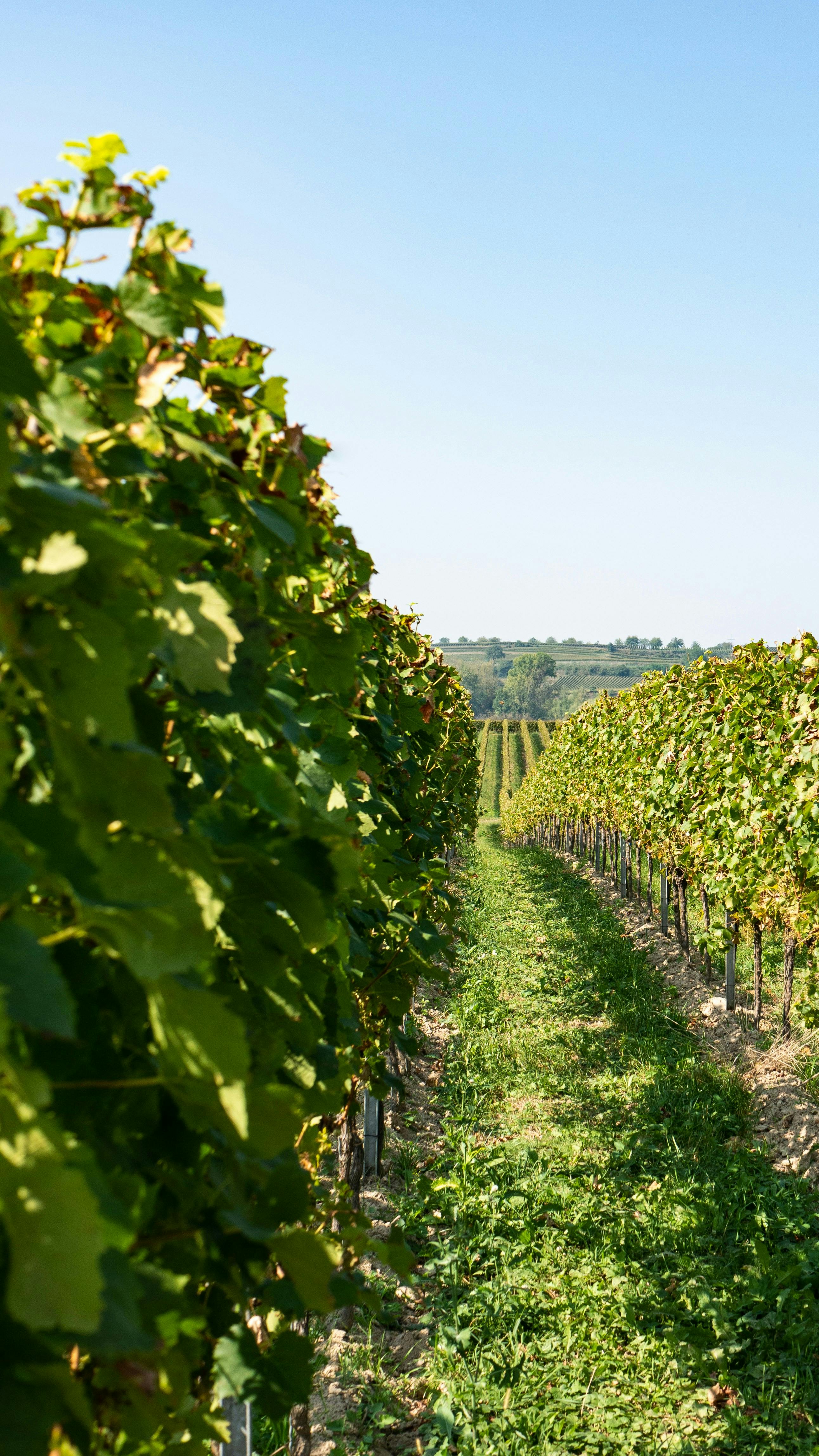
Bacchus in the Val de Loire
The culture of vineyards has been present in the region since the Gallo-Roman era. However, it was only after the severe phylloxera crisis at the end of the 19th century, which led to the introduction of American rootstocks resistant to this scourge, that the current appellations gained their reputation. There are 51 appellations divided into four territories: Anjou, Saumur, Touraine, and Orléanais. Among the most famous are the coteaux-du-Layon in Anjou, a treasure of sweet wines that do not always have the same renown as Sauternes, but deserve it. Composed exclusively of Chenin Blanc, the most famous among them, such as quarts-de-chaume, are true nectars appreciated by connoisseurs. Not far from there, the saumur- champigny takes center stage, made from Cabernet Franc, Cabernet Sauvignon, and Pineau d’Aunis. The clay-limestone soils yield a rich result on the palate, with fine and velvety tannins. The vineyard is renowned for its avant-garde sustainable viticulture, particularly for the efforts made for decades in favor of biodiversity.
In Touraine, Chinon and Bourgueil utilize Cabernet Franc and Cabernet Sauvignon to produce subtle and round-bodied wines. In the lesser-known vineyards of Orléanais, notable appellations include orléans-cléry, composed of Cabernet Franc, and coteaux-du-giennois, with a predominance of grape varieties such as Pinot Noir and Gamay for reds, and Sauvignon Blanc for whites.
Published on 20/02/2024
